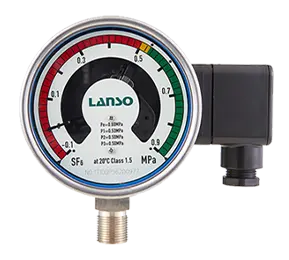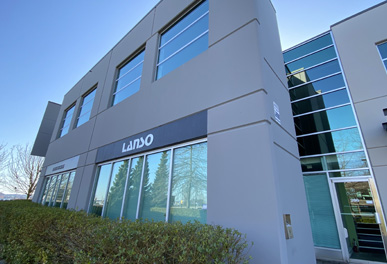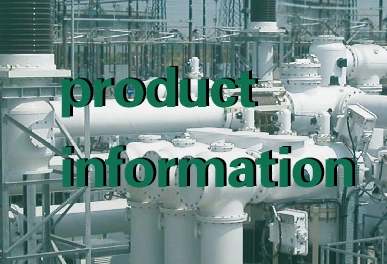Due to the manufacturing and installation process or aging equipment, incidents of SF6 gas leaks can occur, affecting the safe and stable operation of substations and posing a threat to the safety of personnel on site. Therefore, how to monitor SF6 gas in daily maintenance of substations is an unavoidable issue.
Traditional SF6 monitoring methods
Traditional SF6 monitoring is based on data recording and comparison, with the basic principle of substation personnel regularly recording the density values of each SF6 equipment density meter during routine inspections and then tabulating the values. The advantage of this method is that monitoring the values over time and plotting them into a curve can clearly show the changes in SF6 gas density of the equipment and determine when a gas leak occurs, providing a basis for assessing the quality of the equipment. The disadvantage is that the accuracy of the density meter is low and manual data recording can easily produce deviations. If the equipment has an SF6 gas leak during the inspection process, it can pose a threat to the inspector's health. The speed of discovering an SF6 gas leak depends on the inspection cycle, potentially burying a hazard for the safe and stable operation of the equipment.
Online SF6 monitoring method
Sf6 gas density monitor mainly measures SF6 gas density and can be classified into two types: measuring SF6 gas pressure and density, and measuring the micro water content of SF6 gas. For these two aspects, the online monitoring method mainly uses the SF6 gas state sensor module, including the humidity sensor, pressure sensor, and temperature sensor.
The basic principle of using pressure and temperature sensors to monitor SF6 gas online is to collect the pressure and temperature at the time and calculate and analyze the SF6 gas density at that time.
Using a humidity sensor to monitor SF6 gas is based on the correlation between the air tightness of SF6 gas and the water content of SF6 gas. The humidity is converted into SF6 gas density through a humidity sensor, meeting the requirements for monitoring. The accuracy level of the general humidity sensor is difficult to meet the requirements, while dew point sensors currently used can directly measure the water content of the gas through the dew point measurement method at the condensation temperature under a micro water environment, with an accuracy of ±0.2℃ or higher, low cost, and easy maintenance.
The SF6 online monitoring method transmits the gas density value obtained through the above sensors to the local monitoring machine, compares it with the set density value, and transmits the comparison result through the station control layer and the same isolated layer data network to the local backstage of the operation and maintenance team and dispatch level, achieving remote real-time monitoring.
The online SF6 monitoring method can monitor the SF6 equipment within the substation from a distance, ensuring the safety of routine inspection personnel and the reliability of SF6 equipment. However, the disadvantage of this method is that it relies entirely on electronic transmission of sensors. If the sensors fail or the data transmission channel is subject to electromagnetic interference, it can easily result in long-term false monitoring of SF6 equipment.
Online monitoring combined with traditional SF6 monitoring method
To avoid equipment false monitoring, an approach combining online monitoring with traditional monitoring forms a dual-circuit monitoring system. To avoid a gas leak occurring when personnel record SF6 density in the vicinity of SF6 equipment, a monitoring probe can be added next to the gas density monitor. Count changes in the meter can be observed in real-time remotely. By comparing the density meter value with the sensor value, the SF6 situation in the area can be displayed more accurately.







